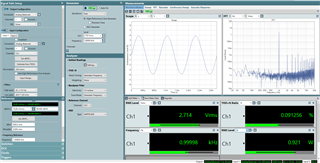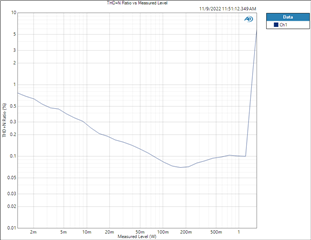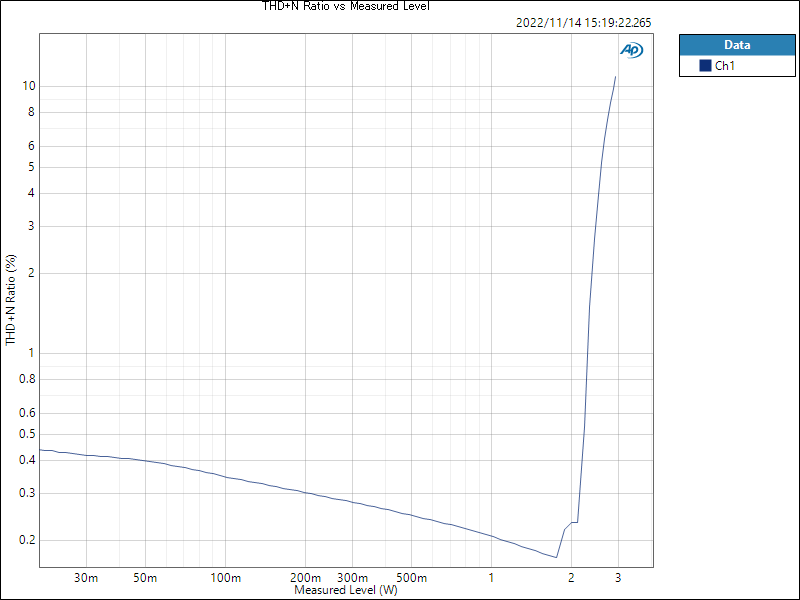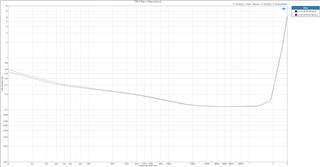There are two questions about audio amplifier TPA2016D2 as follows.
1. Output power [W] versus THD+N [%] curves are drawn on the datasheet of TPA2016D2. Could you let me know the measurement conditions as detailed as possible, including the matter which are not written on the datasheet (e.g. the model number of measuring equipment) ?
2. Can we get the same THD+N curve as the datasheet if we measure the evaluation module TPA2016D2EVM ?





